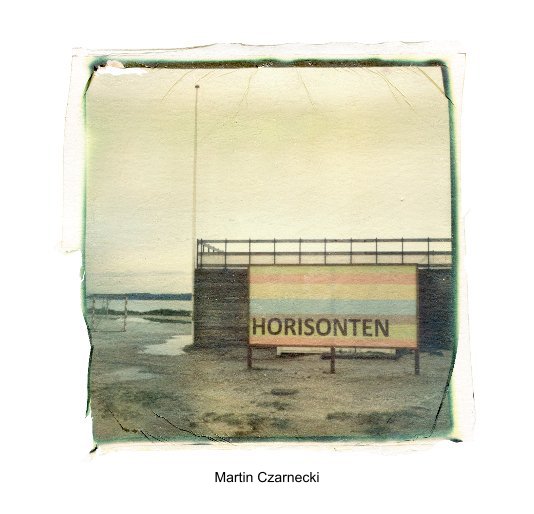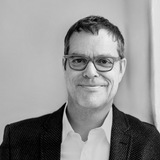Acerca del libro
In this book I have put together photos of my surroundings over a period of 2 1/2 years. All photos were taken with a Polaroid SX-70 camera using the instant film by Impossible, which has been produced again since 2009. For the emulsion lift process, I have separated the layer containing the image from the film and applied this onto a piece of paper.
This technique produces a picturesque, almost watercolour effect. Precisely drawn structures are reproduced with a blurred effect. From a somewhat greater distance photographed people appear as figures and "extras", because individuals cannot be identified. The screen resolution is significantly cruder than the human eye. It is precisely this quality, however, which gives many photographs a fundamental quintessence and leaves room for interpretation and imagination.
The photos have not only been created using the same technique, but they share a common content. This is the banal situations of everyday life. If the common photography technique of today, with its realistic and richly detailed representation, had been used, the photographs would be boring and unappealing. The emulsion lift process, however, minimises the "flood of details" like a filter, creating a perception which deviates from our usual visual perspective. In the appendix, 2 images of the same motif, a yellow gable behind a noise barrier, are juxtaposed: using technically perfect medium format photography and as a Polaroid, illustrating the different image effects.
For me the instant photo encompasses the magic of the early years of photography seen in daguerreotypes or the photographs of Oskar Barnack with the first Leicas.
Things couldn't be more analogue than this!
This technique produces a picturesque, almost watercolour effect. Precisely drawn structures are reproduced with a blurred effect. From a somewhat greater distance photographed people appear as figures and "extras", because individuals cannot be identified. The screen resolution is significantly cruder than the human eye. It is precisely this quality, however, which gives many photographs a fundamental quintessence and leaves room for interpretation and imagination.
The photos have not only been created using the same technique, but they share a common content. This is the banal situations of everyday life. If the common photography technique of today, with its realistic and richly detailed representation, had been used, the photographs would be boring and unappealing. The emulsion lift process, however, minimises the "flood of details" like a filter, creating a perception which deviates from our usual visual perspective. In the appendix, 2 images of the same motif, a yellow gable behind a noise barrier, are juxtaposed: using technically perfect medium format photography and as a Polaroid, illustrating the different image effects.
For me the instant photo encompasses the magic of the early years of photography seen in daguerreotypes or the photographs of Oskar Barnack with the first Leicas.
Things couldn't be more analogue than this!
Características y detalles
- Categoría principal: Fotografía artística
-
Características: Cuadrado pequeño, 18×18 cm
N.º de páginas: 98 - Fecha de publicación: ago. 30, 2013
- Idioma English
- Palabras clave Polaroid
Ver más
Acerca del creador
Martin Czarnecki
Hamburg, Germany
born in 1965 in Hamburg, 1988-1991 photography apprenticeship, 1992-1996 studied architecture in Hamburg, works as a self-employed architect in Hamburg since 1998 I have repeatedly worked on my own photographic projects since the 1990s, focussing on aspects of the built environment and the built leisure environment.


